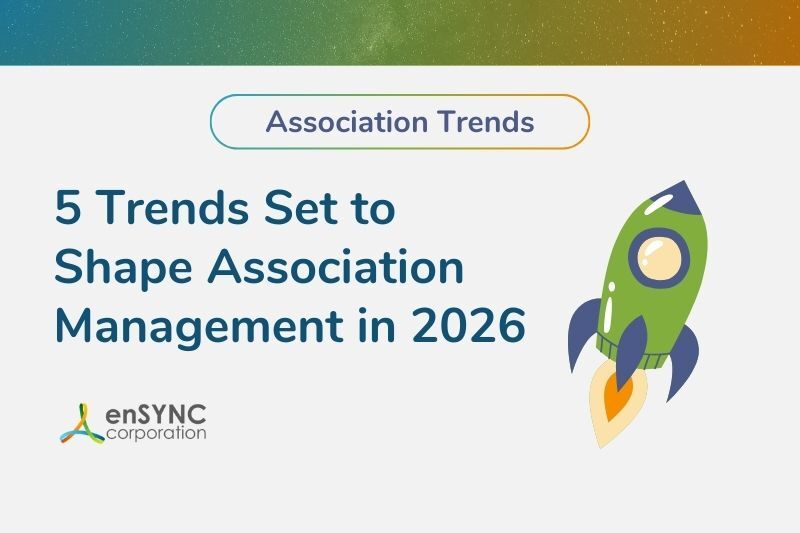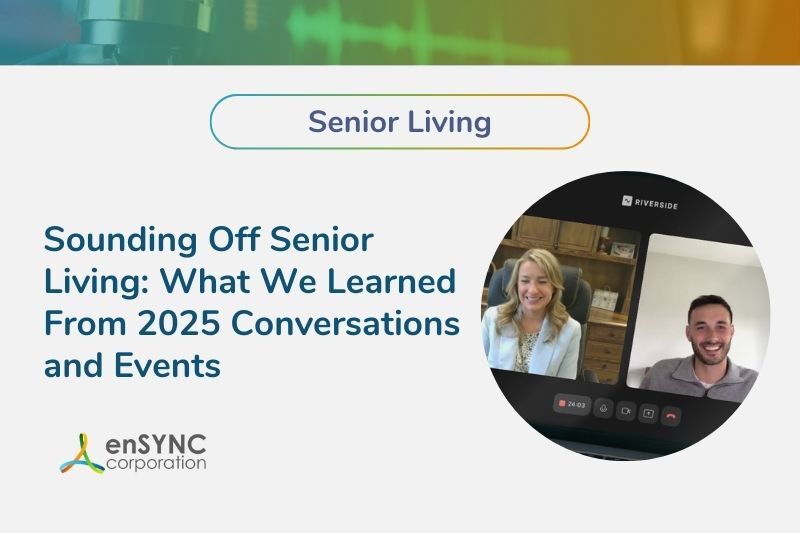Technology & digital transformation | Senior living | Financial management
How to Decrease Monthly Close Times at Your Senior Living Organization
February 27, 2024
|
One of the most important financial periods for senior living organizations is the month-end close, a process that involves reconciling accounts, reviewing financial transactions, preparing financial statements, analyzing the organization’s health and more. After all, long close times can sap employee hours, delay decision-making and even introduce errors. Meanwhile, an efficient, automated and coordinated monthly close can be an extremely effective tool for an organization’s overarching plans and strategy. This can be achieved through adjustments to your processes or deploying technology tools like Sage Intacct reporting.
Consider that the bottom 25% of organizations needed 10 or more calendar days to finalize the monthly close process, according to an article on CFO.com that pulled data from APQC’s “General Accounting Open Standards Benchmarking” survey.1 The top 25% of organizations finished the monthly close process in less than five days.
Decreasing monthly close times can boost operational effectiveness by giving senior leaders more time to focus on strategic initiatives, in turn improving a senior living organization’s overall financial performance. The seven strategies below can help begin to expedite your monthly close process.
1. Create a Close Calendar
Ideally, you should have a calendar with predefined timelines and deadlines that spell out when each task needs to be completed. By having specific dates for each step of the close process, organizations can prevent last-minute scrambles for approval. Software like Sage Intacct offers integration with pre-existing calendar systems, helping to create better tracking of all the necessary close activities.
2. Standardize Month-end Close Procedures
Establishing standardized procedures and workflows for the month-end close creates consistency across departments, boosting an organization’s efficiency. Employees in senior living organizations should have clearly defined roles and responsibilities for the monthly close, along with standardized templates and checklists. Because, at the end of a month, you shouldn’t have to ask who is involved with reviewing a specific invoice or approving certain paperwork.
3. Embrace Automation to Decrease Monthly Close Times
Leveraging accounting software such as Sage Intacct and enterprise resource planning (ERP) systems can automate repetitive tasks such as data entry, reconciliation, and report generation. The benefits of adopting such technology are numerous—everything from avoiding errors to freeing up an employee’s time to work on higher-priority items.
4. Get the Team’s Process Feedback
Improving processes shouldn’t be a top-down approach. Instead, engage all staff members who are involved with the close process on a semi-regular basis to see what is and isn’t working. No role is immune to frustrating bottlenecks, so make sure you’re collecting feedback from the most junior accountant up to the CFO.
5. Engage the Entire Team
Having everyone on the same page is an essential step in decreasing monthly close times. Similar to getting process feedback from the entire team, make sure there are strong collaboration channels among finance, accounting, operations, and other relevant departments. Senior leaders should encourage cross-functional teamwork and communication, including by using shared technology systems.
6. Outsource Time-consuming Activities
There are likely some month-end close activities that your team doesn’t need to oversee. Outsourcing some of these tasks can free up time while also cutting costs. Tasks that can be outsourced may include:
- Manual data entry.
- Bank reconciliations.
- Accounts payable management.
- Payroll processing and more.
7. Explore New Technology Solutions
Investing in advanced technologies such as artificial intelligence (AI), machine learning, and robotic process automation (RPA) can improve the month-end close process. These technologies can automate complex tasks, identify patterns, and predict potential issues. After all, bad or incorrect data can lengthen the process. New technology, though, can essentially sniff that out—or, like tip three—help to automate those inputs to eliminate bad data altogether.
Ultimately, there are many routes to decreasing monthly close times, and the best senior living organizations will likely mix and match strategies. However, one thing is certain: Decreasing monthly close times will boost your bottom line.
Contact enSYNC to Set Up a Sage Intacct Demo
Explore how enSYNC can utilize Sage Intacct to help your senior living organization optimize technology to achieve your operational, financial, and mission-specific objectives.
1 Source: https://www.cfo.com/news/metric-of-the-month-cycle-time-for-monthly-close/659297/

Chadd Arthur is a seasoned professional with over 25 years of experience in the non-profit sector, specializing in process improvement and the strategic alignment of organizational goals with technology solutions. Leveraging his extensive expertise, Chadd conducts regular strategic assessments for organizations, guiding them towards enhanced efficiency and effectiveness. With a profound passion for aiding clients in recognizing the value of process improvement, Chadd leads our team in secure technology solutions that directly contribute to their mission success. His commitment to excellence is evident in his contributions to the industry, including participating in panels and serving as a thought leader to a network of non-profit professionals. Chadd earned his MBA from Indiana University Bloomington and resides outside the greater Chicago area. Chadd not only brings a wealth of knowledge and experience but also a dedication to making a meaningful impact in the non-profit space.
Recent Posts

5 Trends Set to Shape Association Management in 2026
As 2026 begins, associations are standing at the edge of some major shifts. Member expectations are changing, technology keeps opening new...

The Best of the Blog 2025 — A Year in Review
From forward-looking trend analyses to powerful case studies and thought-provoking conversations, the enSYNC blog featured a host of great content in...
Enjoying our blog?
At enSYNC, we want to empower associations and nonprofits to make well-educated decisions. If you want our industry knowledge (and other free guides) sent directly to your inbox, fill out the form below.

